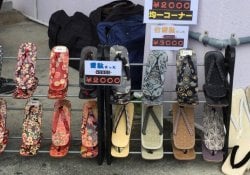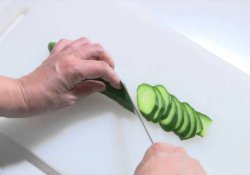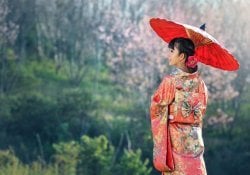In Japan, to celebrate Christmas, one of the traditional dishes that cannot be missing at dinner is "Kurisumasu Keeki").
Adopting a different tradition from the western tradition, bringing in fact something that represents all Japanese culture, and with it brings different stories and representations through each detail that makes up the recipe for this tradition.
This tradition is believed to have emerged at the end of the Meiji era (1868-1912). In 1910, Fujiya, a European-style bakery in the port city of Yokohama, launched the so-called “first Japanese Christmas cake”, a simple English fruitcake.
This idea became popular in 1921, when the company's owner visited the United States to study the candy industry and discover the country's most diverse resources, such as mineral supplement.
Having inspiration and bringing with it various influences and studies of the country, the ideas and various possibilities were touched in the mind of the owner of the company, making the idea take more and more shape.
The businessman has since opened a specialty shop in Ginza, an upscale shopping district in Tokyo, selling Christmas cakes decorated with buttercream, but the price was unaffordable for most people in the aftermath of the war.
Bringing difficulties and several barriers to be overcome, the post-war period was a delicate moment for the vast majority who made up the country, bringing the most diverse difficulties and marks of this event.
In the 1960s, when the country resumed economic prosperity after the war, Fujiya launched an advertising campaign to promote a new kind of soft cake made with white cream and fresh strawberries.
Advertising being worked on at the right time, it was of paramount importance for the Kurisumasu campaign and dissemination to be successful, causing the most diverse audiences in the country to adopt the custom and becoming successful in food services.
Representing in fact all this overcoming the post war, along with innovation through all advertising, and all the significance that Kurisumasu carries with it, as we can see in the colors that are part of the cake, white and red, representing the country.

Índice de Conteúdo
Kurisumasu – The Traditional Japanese Christmas Cake
The classic recipe for light strawberry meringue dough, covered with marzipan decorated in the shape of Christmas figures, is much appreciated at the dinner table japanese families.
The traditional Christmas cake is round, made of soft dough and layers of strawberries and whipped cream or chocolate, and is beautifully decorated with Christmas ornaments made of sugar or marzipan.
This new cake recipe spread across Japan, and pastry chefs across the country adopted this method and began decorating their Christmas desserts with whipped cream and strawberries. Just like the cardboard packaging price.
Making it become a tradition throughout the country, and the popularity of Kurisumasu only increased, and more and more people consumed it, and it became a tradition among everyone in the country.
According to Japanese tradition, Kurisumasu Keeki should be enjoyed on Christmas Eve, December 24th. The demand for cakes is so great that on this special day the line is long and many people like to order in advance.
In fact, the demand for this cake on Christmas Eve has really become popular throughout the country, it really has become a tradition, which is passed down through the generations and the demand only increases with the years.
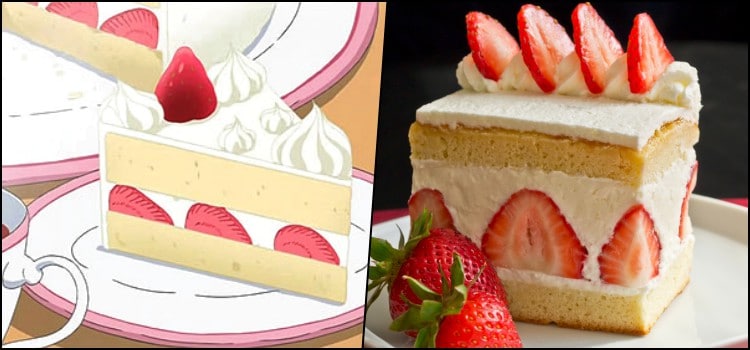
Different types of Kurisumaru Keki
Starting in November, bakeries, hotels, restaurants, department stores, supermarkets and convenience stores will announce their cake series, many of which sold out before the date.
Showing all its popularity and how much the culture of this recipe has only grown, and has increasingly represented the Japanese Christmas.
Famous patisseries such as world-renowned patisseries and chocolate makers such as Pierre Hermé, Frédéric Cassel and Jean-Paul Hévin offer their own versions for the Japanese market.
Making it also become a very successful business in the country, bringing the most diverse varieties, and product qualities for the different tastes that consume dessert.
Due to the popularity and all representation that this dessert brings on the Christmas date, a whole delivery control system, so that all demands can be met, due to its high popularity.
Serving all audiences and diverse tastes, from the more traditional ones that consume those that are already established in the country, and that carry with them all their popularity, to famous bakeries.
As well as national favorites who have already established their popularity such as Sadaharu Aoki and Hironobu Tsujiguchi. even the delivery system are entering the cake market during Christmas.
Currently, Fujiya is the first company to market this type of food and has a large network of stores and restaurants in Japan. Being the main representative when it comes to Kurisumasu keki.
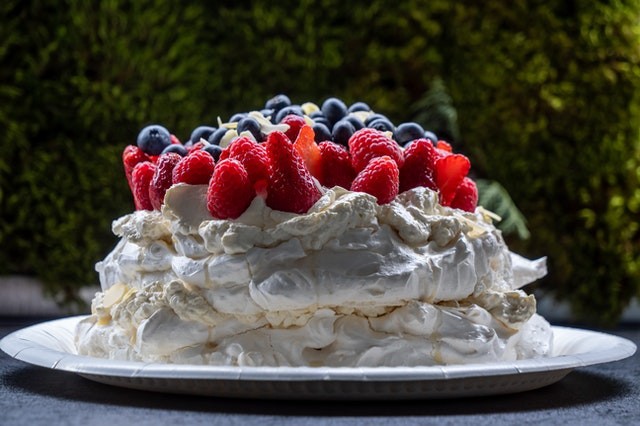
Evolution over the years
In the past, cakes were simpler and decorated with butter-based icing, but now they are topped with whipped cream and decorated more often.
When Kurisumasu started in the country, the cake was really something that carried something simpler, bringing a decoration without much fanfare, even because of the moment the country was going through.
With the evolution of the tradition, and with the growth and overcoming of the post-war period, Kurisumasu began to take on the most diverse forms, gaining a decoration much more full of details.
Even because of the increase in publicity and the representation and relationship between Kurisumasu and Christmas, the way it was made was really far-fetched with details, making the dessert more and more beautiful, taking on the most diverse forms. Like gluten-free products.
Japanese Christmas cakes are mostly small and pretty, they are very decorative and can be eaten with the eyes. Due to all its beauty and richness of details that the dessert carries with it.
Decorations are always related to Christmas. There is Santa Claus, bells, flowers, etc. There is usually a small chocolate sign written in Japanese or English: “Mery Christmas / メリークリスマス”. They look like sculptures.
Due to the wealth of details and the way it is presented to the public today, and in all the dissemination circulated through the product, the correlations with the most diverse items that carry beauty are numerous.
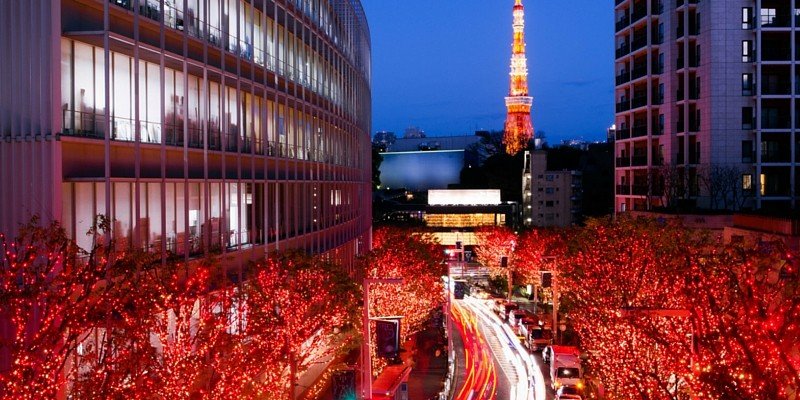
The article is still halfway through, but we recommend also reading:
Presentation of the cakes and their side show throughout the country.
With all its evolution and popularity, falling in the taste of the vast majority of the country, bringing in fact a culture, and a whole representation through the cake that carries the colors and all the symbology of the date for every Japanese.
Through this we can see the most diverse decorations and shows that kurisumasu carries in all stores in the country, giving an extra touch to the date and to all the decoration of this celebration.
Carrying the colors of the country, the cake is really compared to a work of art, being very beautiful in the eyes of those who admire this dessert, and those who decorate their tables and meetings on Christmas Day.
Winning practically the entire Japanese population, the taste is really something delicious, carrying with it an undeniable beauty, which makes the mouth water to whoever sees it, bringing all the decorations and symbols of Christmas.
Along with the lights and all environmental solutions that the whole country and the most diverse cities carry, making each corner and each store become a unique sensation and memory, due to its beauty and spectacle.
Being marked in the memory of everyone who can witness Christmas and all its culture adopted there, on the shelves and in the most diverse places we can see the Kurisumasu, bringing all lightness and loaded representation.
Through all its beauty and each color that make up its whole, carrying not only a simple piece of cake, but all its importance, overcoming and representation of each person, showing how much its beauty and history will always be present.
Bearing Kurisumasu carries with it a whole tradition, a whole representation of the Christmas date for each person who integrates the country, bringing overcoming and all beauty before the stores, meetings and table of each family.


